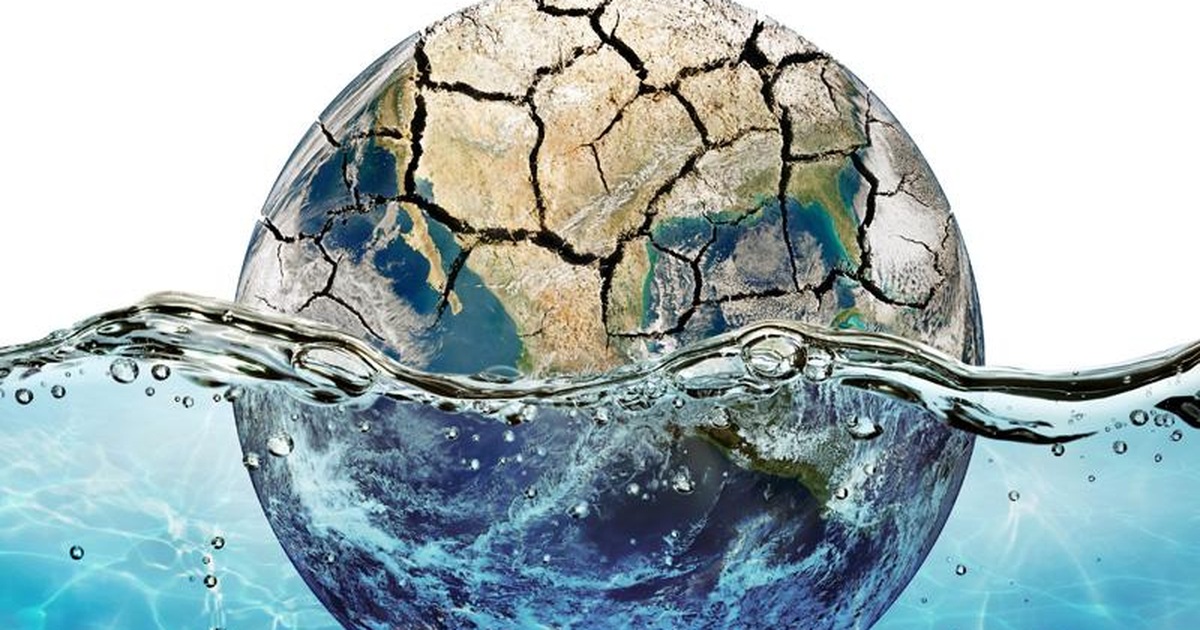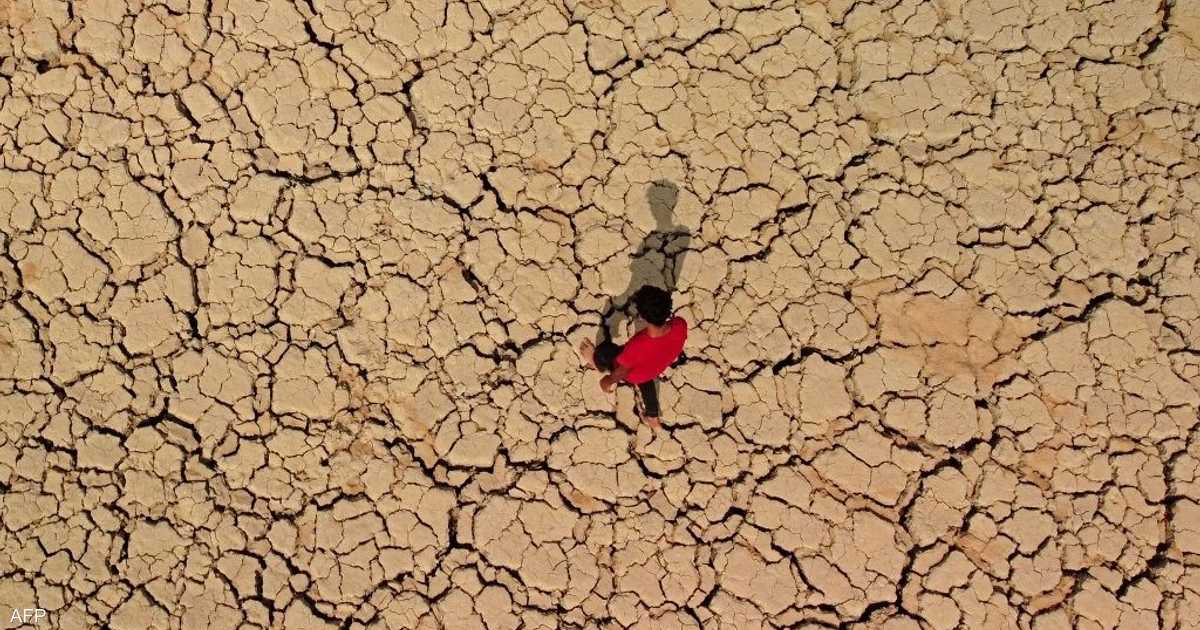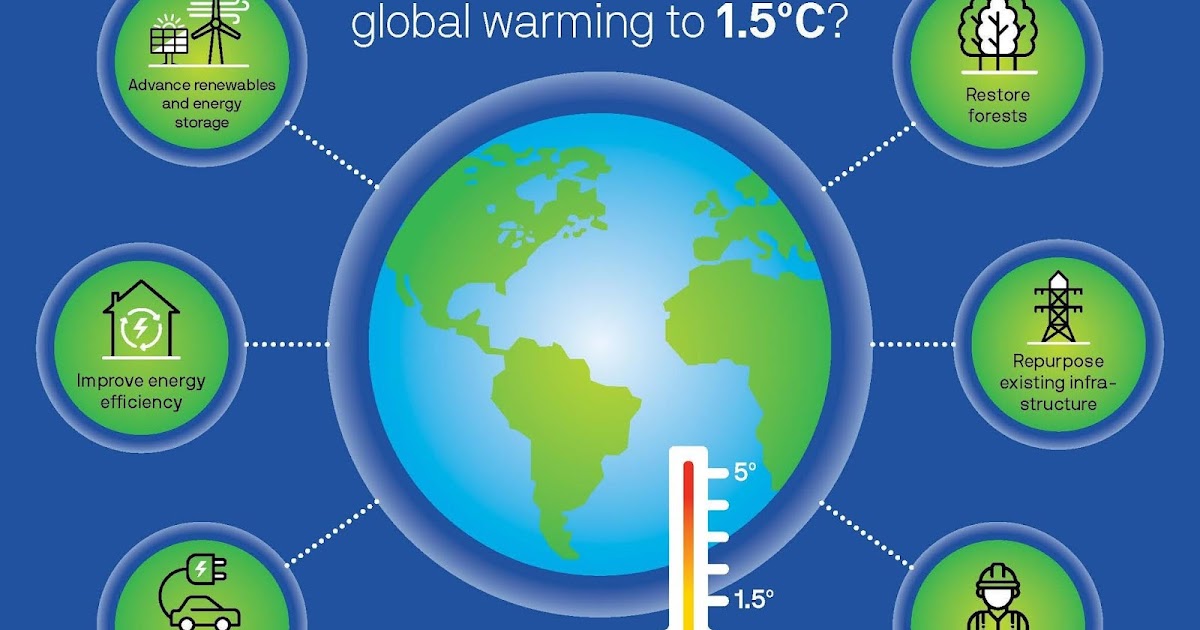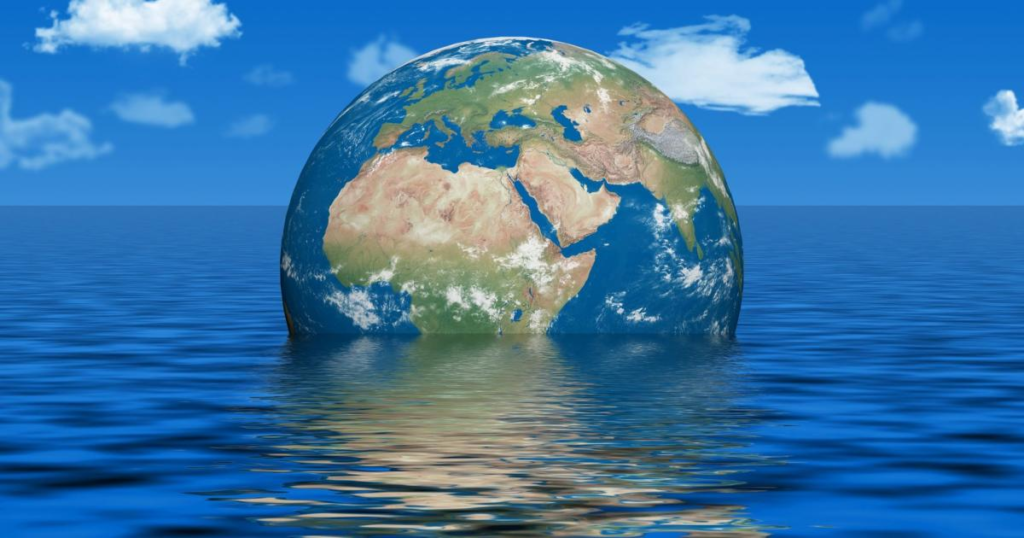Global Water Scarcity Solutions: Innovations and Trends
Global Water Scarcity Solutions: In a world characterized by rapid change and progress, the looming specter of global water scarcity has become an undeniable reality. The attention-grabbing question that beckons us is this: how can we quench the world’s growing thirst for water while navigating the ever-changing landscape of our planet? It’s a challenge that transcends borders and demographics, uniting humanity in a common quest for innovative solutions to ensure water’s life-sustaining flow continues unhindered.
The global water crisis is not a distant problem. It’s not a concern that solely affects far-off regions or future generations. It’s here, now, and it’s knocking on our doors. Our lives are intertwined with water in ways we often overlook. It’s in the food we eat, the beverages we savor, and the products we use daily. Water is the thread that stitches our world together, and the scarcity of this invaluable resource touches every facet of our existence.
As we embark on this journey to explore the critical topic of water scarcity, it is imperative that we lay the groundwork by comprehending the gravity of the crisis and why it extends beyond regional concerns, impacting the entire world. The complexity of this issue is daunting, but so are the opportunities to innovate, collaborate, and inspire change. Solutions to global water scarcity are not merely ideas; they are transformative actions that are redefining the way we manage and value this precious resource.
In the following pages, we will delve into a world where desalination turns seawater into freshwater, where atmospheric moisture is harnessed to quench our thirst, and where nanotechnology purifies water with unprecedented precision. We will explore how governments, businesses, and individuals are coming together to challenge the status quo, creating a new narrative where water scarcity is met with resilience and ingenuity.
Join us as we uncover the innovations and trends that are shaping the future of water. Learn how you can be a part of this global movement, where awareness turns into action and small changes yield significant impacts. The journey to address global water scarcity is not one we make alone; it’s a collective endeavor, and your role in it is vital. Together, we can secure a sustainable future where water flows freely and abundantly, enriching the lives of all.
The Current State of Global Water Scarcity

Evaluating the Extent of the Problem
The challenge of global water scarcity is a multifaceted conundrum. It involves diminishing freshwater resources, contaminated water supplies, and inequitable access to this essential life source. To embark on the path to effective solutions, we must first assess the full scope of this pressing issue.
Regional Disparities in Water Scarcity
Water scarcity is not a uniform global issue; its impact varies greatly from region to region. Certain areas bear the brunt of the crisis more severely than others, resulting in significant disparities. A closer examination of these regional differences offers valuable insights into the varying degrees of distress.
The Key Factors Contributing to Water Scarcity

Population Growth and Urbanization
In a world witnessing exponential population growth and an ever-increasing shift toward urban living, the pressure on water resources has intensified dramatically. This compounding challenge necessitates the pursuit of sustainable solutions.
Climate Change and Its Effects on Water Resources
The evolving climate is actively disrupting the natural water cycle. With more frequent and severe droughts, erratic rainfall patterns, and increased evaporation rates, understanding the ramifications of climate change is pivotal in our battle against water scarcity.
Pollution and Water Quality Issues
Water pollution poses a silent yet menacing threat. It not only depletes available freshwater resources but also endangers the health of ecosystems and human populations. Addressing this pollution is a fundamental step in mitigating water scarcity.
Innovative Technologies Addressing Water Scarcity

Desalination: Turning Seawater into Freshwater
Desalination technology offers a lifeline, capable of transforming seawater into freshwater. Its continued expansion holds the promise of being a substantial solution to water scarcity, particularly in coastal regions.
Water Recycling and Reuse
The age-old “reduce, reuse, recycle” mantra applies to water as well. Innovative water recycling methods have the potential to extend the utility of existing water resources significantly.
Atmospheric Water Generators: Harnessing the Air for Water
Conceptualize creating water from thin air. Atmospheric water generators accomplish precisely this, by extracting moisture from the atmosphere to produce clean and safe drinking water.
Smart Irrigation Systems for Agriculture
Agriculture stands as one of the most significant water consumers. Smart irrigation systems offer a transformative solution, optimizing water usage and making farming more resource-efficient and sustainable.
Nanotechnology in Water Purification
Nanotechnology is at the vanguard of water purification, employing advanced techniques to remove contaminants and provide access to safe drinking water.
Sustainable Water Management Practices

Watershed Management and Conservation
Watersheds are the lifeblood of ecosystems, playing a pivotal role in water supply. Effective watershed management and conservation are indispensable in ensuring the sustainability of these vital resources.
Rainwater Harvesting Techniques
Rainwater, often squandered, holds immense potential. Through rainwater harvesting, we can alleviate the strain on traditional water sources and actively promote sustainability.
Sustainable Agriculture Practices
Sustainable agriculture practices, encompassing precision farming and crop rotation, contribute significantly to conserving water resources while concurrently upholding food production.
Sustainable Urban Water Planning
Cities bear a unique responsibility in addressing water scarcity. Through sustainable urban planning, emphasizing water efficiency and conservation, they play a pivotal role in the larger solution.
Stay tuned for the next installment of this series, where we will delve into government and policy initiatives and their impact on water scarcity solutions.
Government and Policy Initiatives
International Agreements and Treaties
Addressing water scarcity is not a solitary endeavor; it necessitates global cooperation. We will delve into the world of international agreements and treaties that bind nations together in their commitment to managing water resources effectively. These agreements form the backbone of a collective global effort.
National Water Policies
Nations, as individual entities, wield significant influence in the fight against water scarcity. Scrutinizing their national water policies reveals the strategies governments employ to ensure the security of their water resources. These policies reflect the unique challenges each country faces and their distinct approaches to resolve them.
Local and Community-Based Solutions
In our quest to combat water scarcity, we often find that the most effective solutions emerge from the grassroots. Community-based initiatives are often the pioneers in tackling local water scarcity challenges. These homegrown efforts offer inspiring examples of effective problem-solving.
Private Sector Solutions
Corporate Responsibility in Water Management
The corporate world plays a dual role in the water scarcity conundrum. It can contribute to the problem or actively engage in the solution. Corporate responsibility in water management initiatives seeks to ensure that businesses use water efficiently and sustainably, recognizing the crucial role they play in the broader ecosystem.
Water-Efficient Technologies for Industries
Industries are major water consumers, and industry-specific water-efficient technologies are leading the way in reducing water consumption and minimizing environmental impact. These technologies are reshaping industrial practices and providing more eco-friendly solutions.
Public-Private Partnerships in Water Conservation
Collaboration between the public and private sectors is a promising avenue to address water scarcity. Public-private partnerships are fostering innovation and implementation by combining the strengths of both sectors to confront this shared challenge.
NGOs and Non-Profit Organizations

The Role of NGOs in Addressing Water Scarcity
Non-Governmental Organizations (NGOs) are often at the forefront of catalyzing change. We will explore the diverse roles these organizations play in addressing water scarcity, from raising awareness to implementing impactful projects.
Water Relief and Community Empowerment Programs
Many NGOs focus on providing relief and empowering communities to manage their water resources sustainably. These programs not only address the physical aspects of water scarcity but also underscore the deeply human dimension of the issue, emphasizing the importance of community well-being.
Community-Led Water Solutions

Community-Driven Water Projects
Communities are increasingly taking the initiative, implementing grassroots projects to directly tackle local water challenges. These endeavors demonstrate the power of community-driven solutions, backed by the passion and dedication of those directly affected by water scarcity.
Indigenous Knowledge and Sustainable Water Practices
Indigenous communities often possess invaluable traditional knowledge about water management, deeply rooted in their cultural heritage. Recognizing and preserving these practices can be instrumental in shaping broader solutions to the water scarcity problem while honoring indigenous cultures.
Education and Awareness
Raising Public Awareness About Water Scarcity
The drive for change begins with awareness. The power of public awareness in igniting action against water scarcity cannot be underestimated. This section will explore how education and information dissemination can motivate individuals and communities.
Educational Initiatives and Campaigns
Educational programs and campaigns are integral to this awareness-raising effort. They provide the information and tools people need to make informed and water-conscious decisions in their daily lives. These programs facilitate informed choices and support positive behavior change.
Innovative Funding Models for Water Projects
Impact Investing for Water Solutions
Impact investors are becoming key players in channeling funds into water projects. Their focus goes beyond financial returns, with an equal emphasis on generating positive social and environmental impacts. This approach aligns the objectives of investors with the broader goal of water sustainability.
Crowdfunding and Philanthropic Approaches
Crowdfunding and philanthropic efforts empower individuals to become active contributors to water projects. These approaches facilitate direct involvement in alleviating water scarcity, offering a tangible means to make a difference.
The Role of Technology in Monitoring and Management
Remote Sensing and GIS for Water Resource Management
Cutting-edge technology, such as remote sensing and Geographic Information Systems (GIS), is revolutionizing water resource management. These technologies provide accurate, real-time data that is essential for informed decision-making and effective resource allocation.
Mobile Apps for Water Conservation
In today’s digital age, mobile applications are playing an instrumental role in promoting water conservation. These apps, designed for a variety of platforms, empower users to monitor their water usage, implement water-saving practices, and actively engage in water conservation efforts.
Water Scarcity and Food Security
The Interconnectedness of Water and Food Production
The intricate relationship between water and food production is undeniable. In this section, we will explore how water scarcity profoundly influences food security, emphasizing the need to address these challenges holistically.
Sustainable Agriculture Practices
Sustainable agriculture practices, including precision farming and crop rotation, stand as essential components in the food-water nexus. These practices not only contribute to more secure and sustainable food production but also play a pivotal role in water conservation.
Stay with us as we continue our exploration, diving into the health implications of water scarcity and examining case studies of successful solutions that offer inspiration and guidance.
The Health Implications of Water Scarcity
Waterborne Diseases and Their Prevention
Limited access to clean water sources directly leads to an increased risk of waterborne diseases. In this section, we will explore the various waterborne illnesses that affect communities and discuss preventative measures. Safeguarding public health is intrinsically linked to ensuring access to clean water.
Access to Clean Water and Public Health
Access to clean water extends far beyond quenching thirst; it’s about safeguarding the health and well-being of communities worldwide. We will examine the critical role of clean water in promoting overall public health and reducing the burden of waterborne diseases.
Case Studies of Success Stories
Highlighting Global Projects and Initiatives That Have Made a Difference
Inspiration often arises from success stories. In this section, we will spotlight noteworthy global projects and initiatives that have made substantial progress in addressing water scarcity. By examining the strategies, innovations, and practices that led to their success, we can draw valuable lessons for future endeavors.
The Role of Individuals in Addressing Water Scarcity
Water-Saving Tips for Everyday Life
Every individual has the power to make a meaningful contribution to the battle against water scarcity. We will provide practical water-saving tips that can be easily incorporated into daily routines, enabling people to play an active role in conserving this precious resource.
Advocacy and Community Involvement
While individual actions are crucial, advocacy and community engagement amplify the impact. In this section, we will explore how individuals and communities can become advocates for water conservation, driving change at the local and global levels.
Overcoming Barriers to Solutions
Political and Economic Challenges
Resolving water scarcity is not without its challenges, including political and economic obstacles. This section delves into the complexities of navigating these hurdles, providing insights into the intricacies of water scarcity solutions.
Cultural and Behavioral Obstacles
Cultural norms and human behavior can either obstruct or facilitate water-saving practices. We will delve deeper into how cultural and behavioral factors influence the effectiveness of water conservation initiatives, offering strategies for more effective engagement.
The Future of Water Scarcity Solutions
Technological Advancements on the Horizon
The future is teeming with technological innovations that hold the promise of revolutionizing water scarcity solutions. We will explore emerging technologies on the horizon and their potential impact on tackling this critical issue.
The Potential for Global Cooperation
Cooperation on a global scale is imperative to effectively combat water scarcity. In this section, we will discuss the potential for worldwide collaboration in securing the future of water resources. By uniting efforts across borders, we can harness the collective strength needed to address this global challenge.
Conclusion
A Call to Action: Our Collective Responsibility
As we reach the culmination of our exploration of global water scarcity solutions, we issue a resounding call to action. It is a collective responsibility that we all share to confront this crisis and ensure a sustainable future for generations to come.
The Hope for a Water-Secure Future
Despite the hurdles and complexities we face in addressing water scarcity, there is an undeniable sense of hope. The path to a water-secure future is paved with innovation, dedication, and a shared commitment to safeguard this precious resource. Together, as a global community, we have the power to turn the tide in the battle against water scarcity, forging a better world for the generations that follow.
Frequently Asked Questions (FAQ) – Global Water Scarcity Solutions: Innovations and Trends
What is the significance of global water scarcity?
Global water scarcity is a pressing issue with far-reaching implications. It threatens not only our access to clean drinking water but also food production, public health, and environmental sustainability.
What are the key factors contributing to global water scarcity?
The main factors include population growth, urbanization, climate change, and water pollution. These factors place immense stress on water resources.
How can technology address water scarcity?
Innovations like desalination, water recycling, and nanotechnology are transforming the way we address water scarcity by providing efficient and sustainable solutions.
What role do governments and policies play in tackling water scarcity?
Government initiatives and policies are vital for managing water resources. This includes international agreements, national water policies, and community-based solutions.
How can the private sector contribute to water scarcity solutions?
The private sector can play a significant role by implementing responsible water management practices, developing water-efficient technologies, and engaging in public-private partnerships.
What is the role of NGOs and non-profit organizations in addressing water scarcity?
NGOs and non-profit organizations are often at the forefront of water scarcity solutions. They provide relief, empower communities, and advocate for water sustainability.
How can individuals make a difference in addressing water scarcity?
Individuals can contribute by conserving water in their daily lives, getting involved in advocacy, and supporting community-based initiatives.
What are some of the technological advancements on the horizon for water scarcity solutions?
Emerging technologies include remote sensing, GIS, and mobile apps for water resource management. These innovations offer more efficient ways to monitor and manage water resources.
How does water scarcity relate to food security?
Water scarcity is intricately linked to food production. Reduced access to water can disrupt food supplies and lead to food insecurity.
What can we do to overcome barriers to water scarcity solutions?
Addressing political, economic, cultural, and behavioral obstacles requires collaborative efforts and innovative strategies.
What is the hope for a water-secure future?
Despite the challenges, there is hope. Through innovation, cooperation, and individual efforts, we can work towards a water-secure future, ensuring access to clean water for generations to come.
Explore our content.





